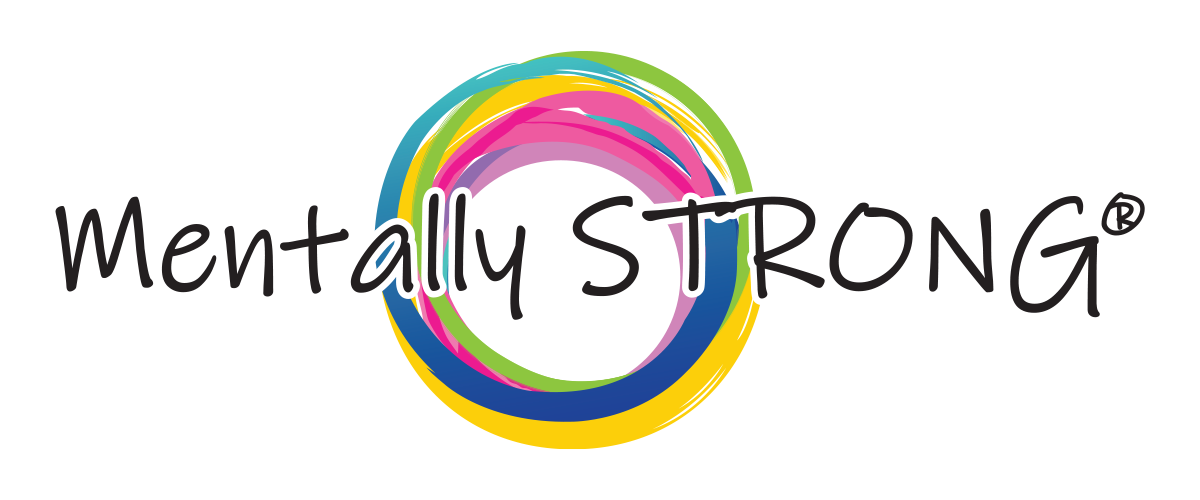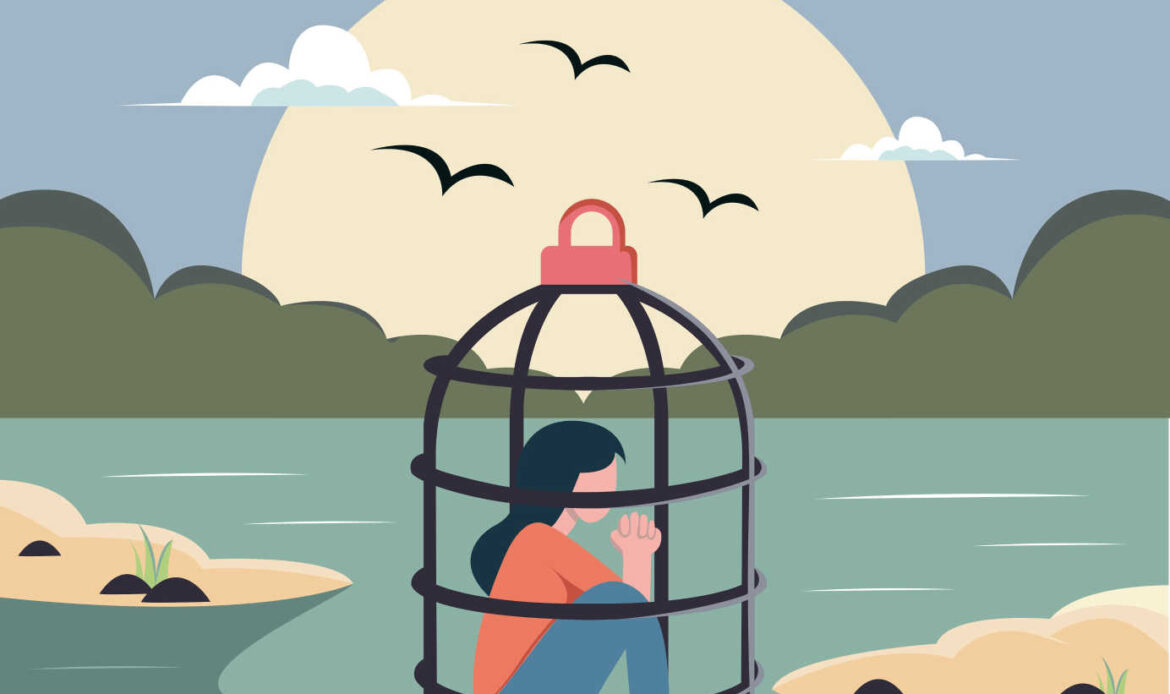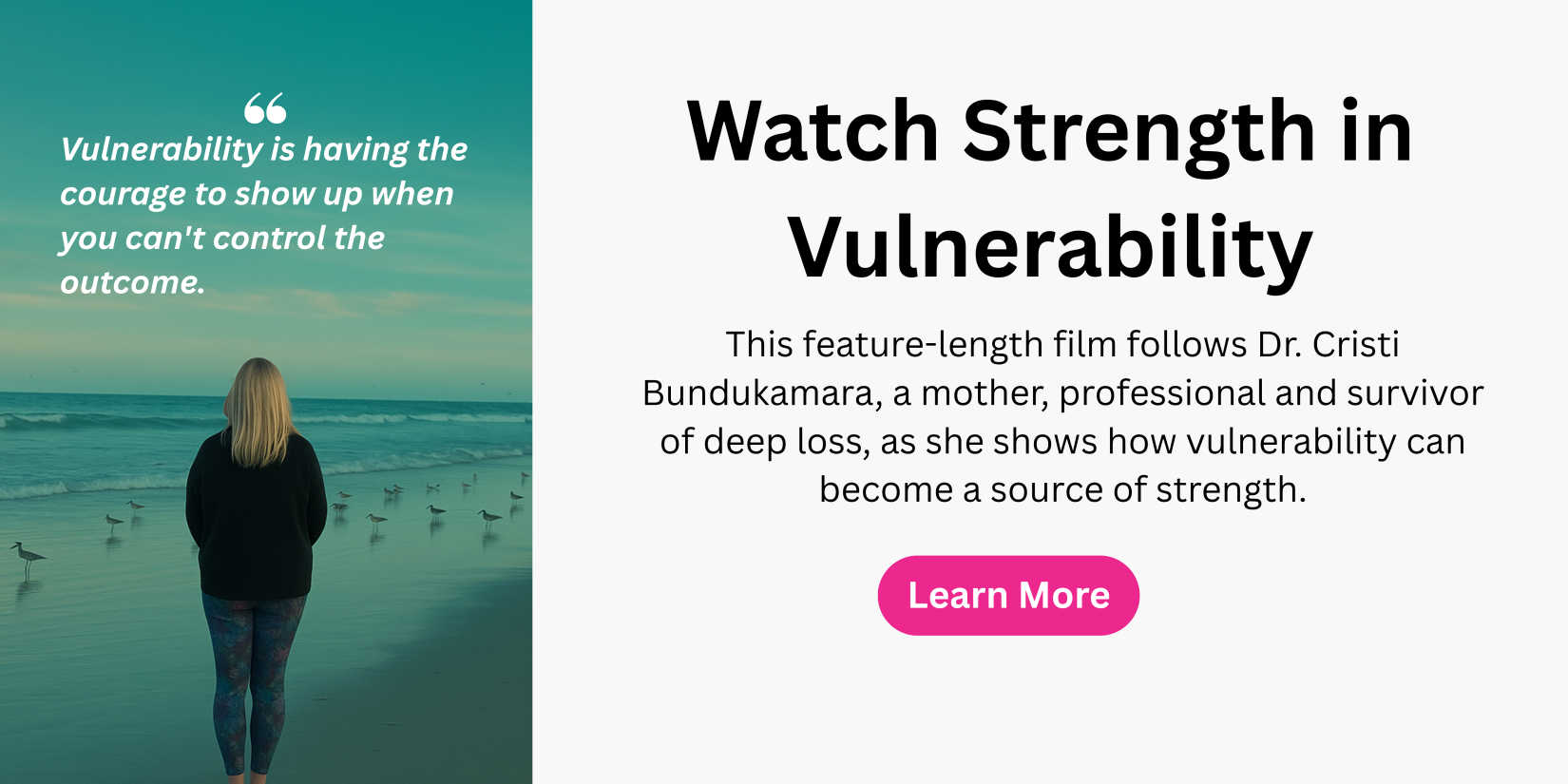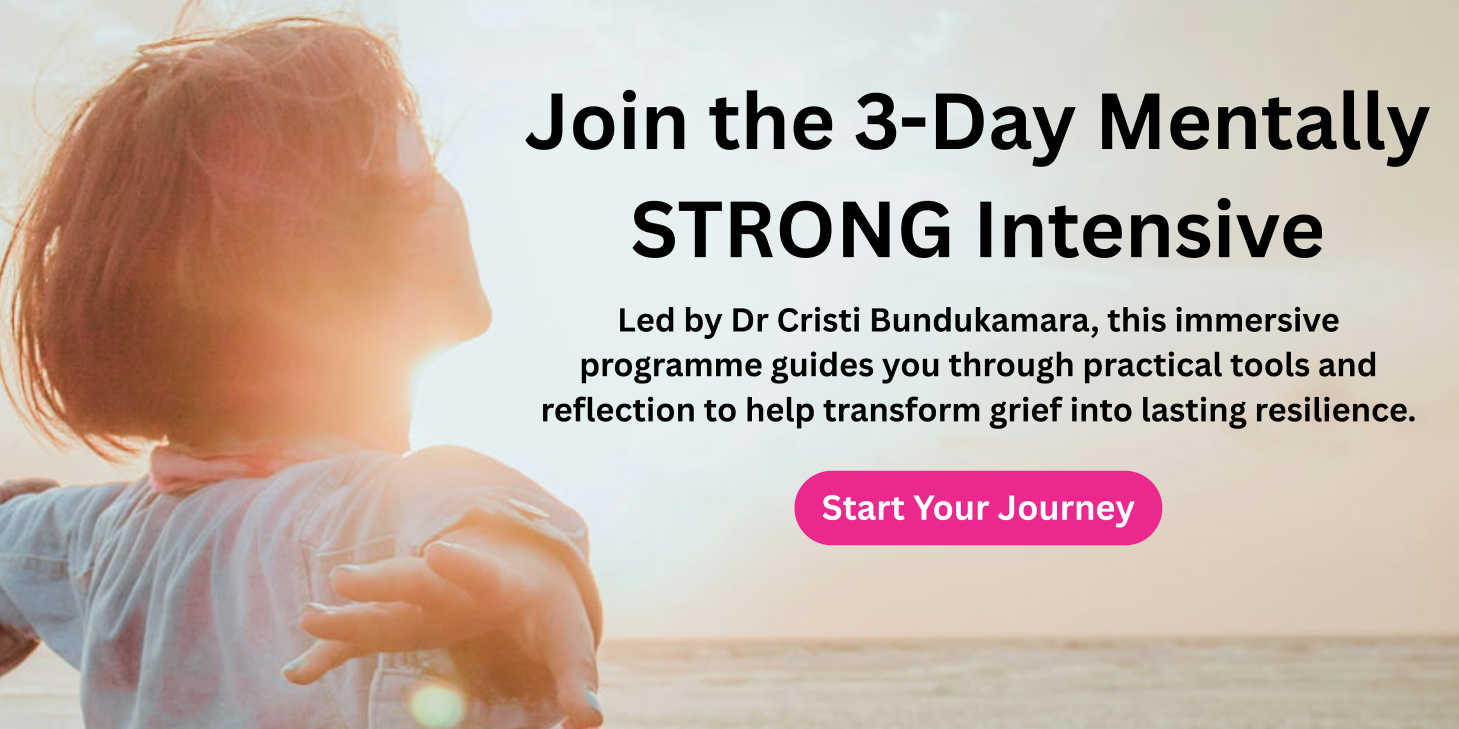Ever caught yourself doing something that technically helps you cope… but only leaves you feeling worse? You know, like binge-watching four seasons of a show while your bills pile up, or ghosting someone because you “just don’t have the energy” even though they’re your best friend and you miss them.
That, my friend, might be what we call maladaptive behavior.
It’s not a character flaw and it’s not laziness either. It’s what your nervous system picked up when it was trying to protect you… but just because something helped once doesn’t mean it’s still helping now. And the good news? You can learn to spot these maladaptive behaviors in your life, and make a conscious choice to do it differently, because you deserve better than that.
What Maladaptive Behavior Actually Means
It’s not just a “bad habit”
Maladaptive behaviors are the things we do to cope that end up making things worse. They’re the emotional life hacks that once felt like survival tools… but now just trap you in the same cycles.
Relying on maladaptive behaviours doesn’t make you a bad person, because at the core of it they’re your system trying to adapt to pain, confusion, and overwhelm in a way that isn’t really working long-term.
Why it feels helpful (even when it’s wrecking your life)
You know why it feels helpful still? because at some point, it did help. Maybe because when your parents fought as a child, eating candies upon candies kept you from feeling the confusion and helped you feel safe. Or maybe you learned to shut down because the people in your life didn’t know how to hold space for your emotions.
See what I mean? Maladaptive behaviors are a normal outcome from a time your body didn’t have many options to cope. If you’ve ever asked yourself why life feels so hard, this might be one of the reasons.
The real cost of staying stuck in these patterns
The more we lean on these coping tools, the more they become default settings. And default settings are designed for survival (think the bare minimum), not growth. Eventually, the thing that once “helped” starts hurting your relationships, your self-worth, and your ability to face life head-on. And worst of all? You start thinking this is just who you are.
Before we can continue — let’s stop here and take a second to reflect. Your maladaptive behavior isn’t just who you are, it’s something you’ve learned as a coping mechanism. And anything that’s learned can be (slowly) unlearned.
Real-World Examples of Maladaptive Behavior
Now, we’ll bring this out of theory and into real life, because maladaptive coping (beyond just clinical terminology) is stuff we all do when we’re stretched too thin and trying to make it through.
Avoidance: When “I’ll deal with it later” becomes your lifestyle
The urge to say it is real, and it sounds great in your head. Why do it now when you’ll always have the chance to do it later? Well, avoidance is a way to control your present, but if you keep pushing things away “until you feel better,” you might start to notice… you never really feel better.
The relief you feel is short-lived, and the longer you avoid what needs to be done, the bigger the thing feels.
Substance Abuse: Numbing pain, but making it louder long-term
When you first picked that cigarette up, you weren’t being self-destructive, right? You just wanted the noise in your head to stop for a minute. And then the cigarette actually helped, and you thought to yourself, if one helped, three more will too, right?
The thing is, numbing pain works. Briefly. But the emotions you’ve muted don’t disappear, they just gather in the dark. And when they come back up? They bring company.
I don’t want you to feel ashamed right now, that’s not why we’re here. I want you to start noticing what feels unmanageable when you’re reaching for things you really shouldn’t. Next time this happens, gently ask yourself — is this really helping me, or does it just make me forget?
Chronic Procrastination: Fear hiding behind “I’m just tired”

You know when you promise yourself you’ll start doing the thing, like cleaning your room, once you watch just one more episode? And then, it doesn’t happen and you go to bed that night having binge watched the entire show and laundry piles still on the bedroom floor.
That’s chronic procrastination, and it’s not as simple as “just being lazy”. More often, it is fear hiding behind a to-do list — the fear of getting it wrong, the fear of being seen, and the fear of confirming what you already suspect: you’re not as capable as people think.
And yes, you do want to do things and succeed, but you’re not doing them because trying feels dangerous.
Anger outbursts: Using rage to cover up hurt
Are you the kind of person who’s prone to anger outbursts? You keep it in for as long as you can but you reach your breaking point and you yell and you snap and you hurt the ones you love?
Later, you regret what you say and wish that at least you wouldn’t have said it like you did.
Anger is our reaction to sadness, to grief, and to feeling like we’re not being heard. And when you feel like that, it’s natural to want to say it louder just so you’ll be heard. If your fuse is always short, it’s not because you’re “just an angry person.” It’s because something underneath isn’t getting the air it needs.
Escapism and self-harm: The coping mechanisms we don’t talk about
Do you tend to mentally check out in the face of a crisis? You doomscroll for hours, you pick fights to distract yourself, you hurt yourself in small, quiet ways because feeling something (anything!) feels better than feeling nothing.
You might think it’s functional and so it is okay, but if your go-to relief ends with guilt, shame, or pain… it’s worth looking at with a little more softness.
And if you’re in that place right now — stuck in cycles that feel too tangled to undo — please know that help is not just a theoretical idea. We have a team of brilliant therapists at the Mentally Strong Clinic that would love to hold you while you heal.
What To Do If You Recognize Yourself Here
So, you read those examples and thought, “Oh no, that’s me.”
Good.
Wait what, good?! Yes, because noticing your patterns and admitting there needs to be change is the first brave step to healing. So now that you’ve seen the pattern, and now that you have, let’s talk about where to go from here.
Step One: Get brutally honest about the role it’s playing
Ask yourself:
What is this behavior actually doing for me?
What am I avoiding, soothing, silencing, or controlling when I do this?
Step Two: Interrupt the cycle with one small, stubborn action
If anywhere in the read you’ve thought to yourself, let me just quickly overhaul my entire life overnight — don’t. Doing just that is a great way to fail and then shame yourself for it.
Instead, try this: do one thing differently on purpose.
If your thing is avoidance, open the email but don’t reply. If it’s scrolling for hours, put the phone in another room while you eat. If it’s drinking, replace one drink this week with water.
Small changes are the ones that often stick because they don’t activate your brain’s emergency shut down mode. You still do what you’d usually do, with just a tiny thing different (but effective!).
Step Three: Build better coping skills
If you take away the maladaptive behavior without leaving something else in its place, you will spiral. You can’t tough this one out. Instead, focus on building a toolkit so that when life starts lifing, you’re not left with only the old tools that keep breaking in your hand.
Try:

- Movement that takes you out of the old patterns and feels good
- Venting to a friend who doesn’t try to fix you
- Writing one angry page and then throwing it away
- Asking, “What would the most loving version of me do right now?”
- Setting small mental health goals that feel doable instead of overwhelming
Step Four: Know when to call in backup
Some cycles are too sticky to untangle on your own because the pain runs deep, and you’ve been doing this dance for a long time.
This is where the Mentally STRONG Method was born to help. It gives you a way to think through your behavior instead of just judging it, to organize your thoughts instead of drowning in them, and to choose what actually serves you.
And if you want a real human to walk with you through it all? We’ve got those too. The therapists at the Mentally STRONG Clinic are here for this exact kind of work; gently unpacking the why, and helping you rebuild the how.
Book your first appointment today.
Ending note: You will be okay
Whatever behavior you’ve been stuck in, I need you to hear this: you weren’t weak for choosing it. You were doing the best you could with what you had at the time. So if you’re trying to do it differently now (even just a little), that deserves kindness. You don’t owe anyone instant and perfect healing. You do, however, owe yourself compassion and the effort to show up.
And on the days you can’t? That’s okay too. You’re still doing the work.



